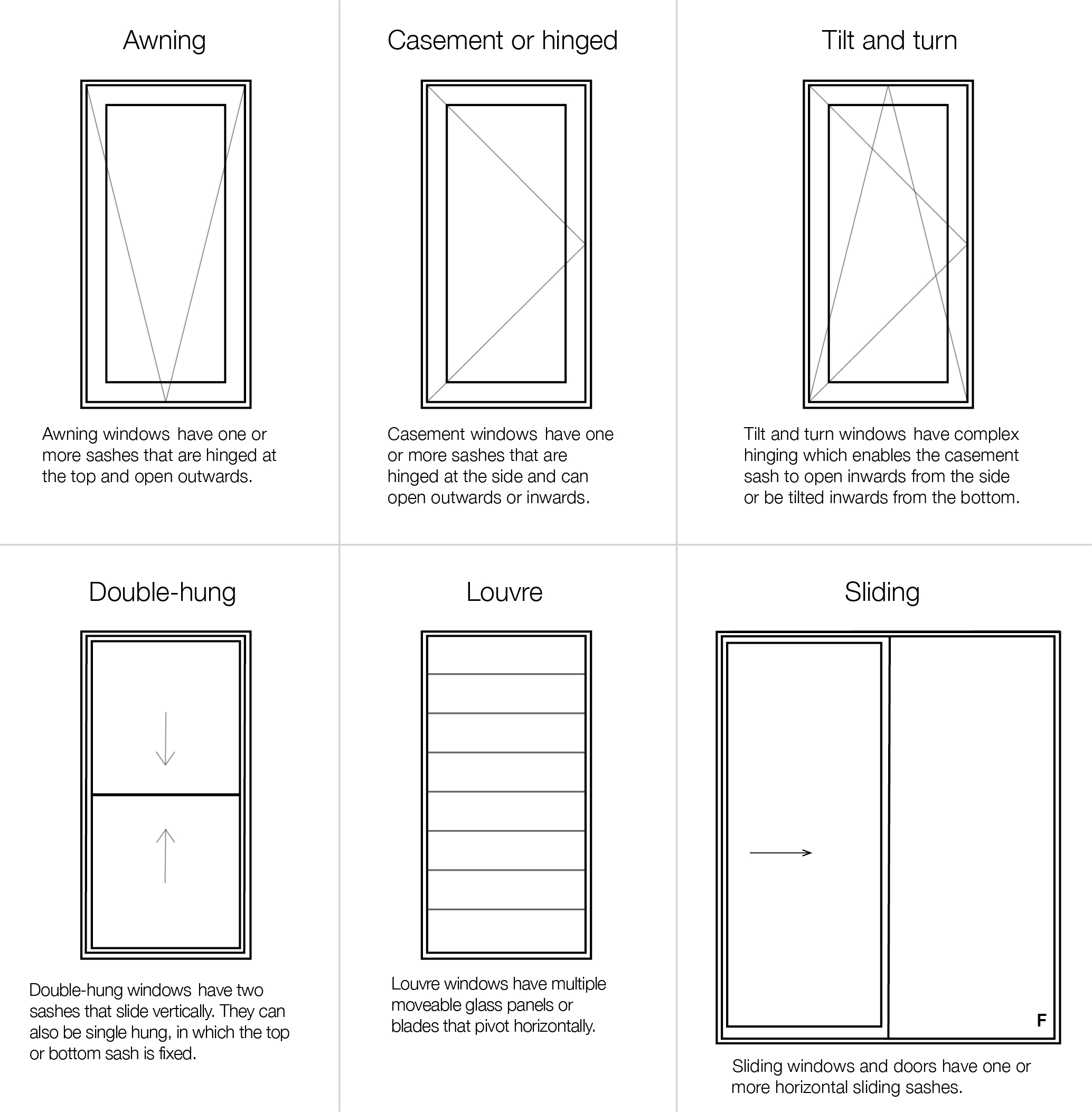All Categories
Featured
Table of Contents
Brisbane's Best Double Glazed Windows in Hillarys Western Australia
Glazing just suggests the windows in your house, including both openable and set windows, as well as doors with glass and skylights. Glazing actually simply means the glass part, however it is usually utilized to describe all aspects of an assembly including glass, films, frames and home furnishings. Focusing on all of these elements will assist you to achieve reliable passive design.

Energy-efficient glazing makes your house more comfy and significantly minimizes your energy expenses. Unsuitable or inadequately developed glazing can be a major source of undesirable heat gain in summer and significant heat loss and condensation in winter. Up to 87% of a house's heating energy can be acquired and as much as 40% lost through windows.
What Is Double Glazing Windows And Doors? in South Perth Western Australia
Glazing is a substantial investment in the quality of your house. A preliminary financial investment in energy-efficient windows, skylights and doors can considerably lower your yearly heating and cooling bill.

This tool compares window selections to a base level aluminium window with 3mm clear glass. Understanding a few of the crucial residential or commercial properties of glass will assist you to pick the very best glazing for your home. Secret homes of glass Source: Adjusted from the Australian Window Association The amount of light that travels through the glazing is understood as visible light transmittance (VLT) or visible transmittance (VT).
Faq in Como Western Australia
This may lead you to turn on lights, which will lead to higher energy costs. Conduction is how easily a product conducts heat. This is understood as the U worth. The U value for windows (expressed as Uw), describes the conduction of the entire window (glass and frame together). The lower the U worth, the higher a window's resistance to heat circulation and the much better its insulating worth.
If your home has 70m2 of glazing with aluminium frames and clear glass with a U worth of 6. 2W/m2 C, on a winter season's night when it is 15C cooler outside compared to indoors, the heat loss through the windows would be: 6. 2 15 70 = 6510W That is equivalent to the total heat output of a big space gas heater or a 6.
Stay Cool This Summer With Double Glazed Windows - Aaa Glass in Secret Harbour WA

If you choose a window with half the U value (3. 1W/m2 C) (for instance, double glazing with an argon-filled space and less-conductive frames), you can halve the heat loss: 3. 1 15 70 = 3255W The solar heat gain coefficient (SHGC) for windows (revealed as SHGCw) determines how easily heat from direct sunshine flows through a whole window (glass and frame together).
The lower a window's SHGC, the less solar heat it sends to the home interior. The real SHGC for windows is affected by the angle that solar radiation strikes the glass.
How To Retrofit Your Windows With Double Glazing, And Keep ... in Hamilton Hill WA
When the sun is perpendicular (at 90) to the glass, it has an angle of occurrence of 0 and the window will experience the optimum possible solar heat gain. The SHGC stated by glazing manufacturers is always determined as having a 0 angle of incidence. As the angle increases, more solar radiation is shown, and less is transferred.
Table of Contents
Latest Posts
Types Of Glazing For Your Windows, Explained in Wembley Downs WA
Single Vs Double Vs Triple - Which Window Is Right For Your ... in Eden Hill WA
Why Install Stunning Double Glazing Windows During Summer? in South Guildford WA
More
Latest Posts
Types Of Glazing For Your Windows, Explained in Wembley Downs WA
Single Vs Double Vs Triple - Which Window Is Right For Your ... in Eden Hill WA
Why Install Stunning Double Glazing Windows During Summer? in South Guildford WA